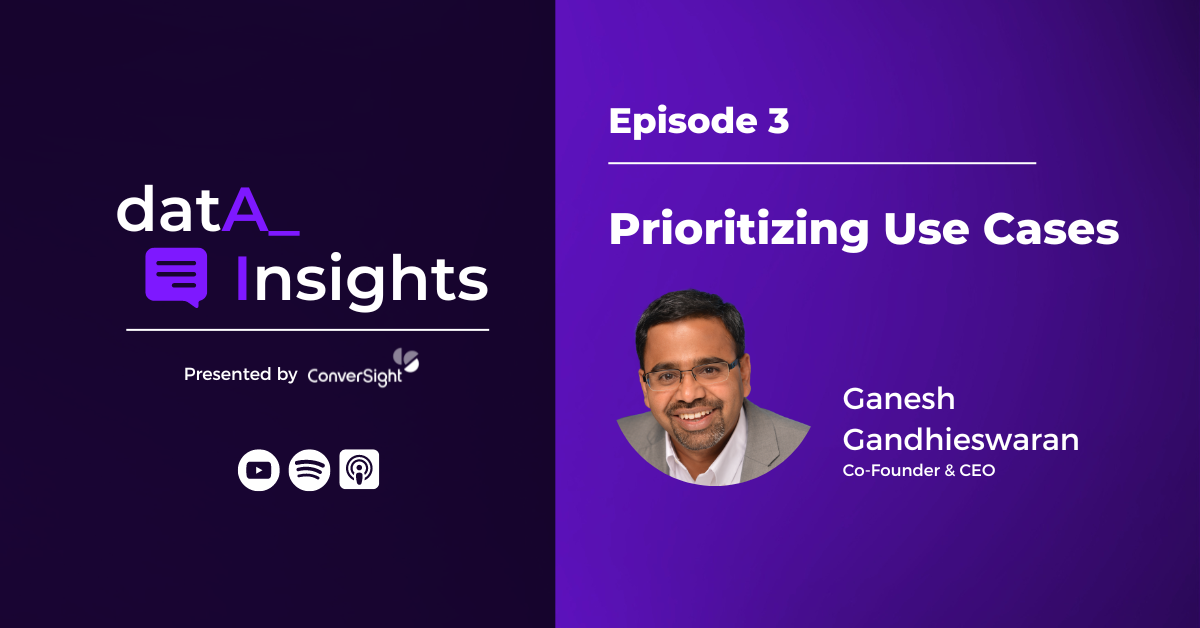
We are now at the midway point in our series on adopting AI for your business; our first piece looked at the benefits of how to adopt the cloud. Next, step two looked at the importance of capturing data and allowing your computing power to let that data speak. Now that we have cloud capabilities that capture mass amounts of data, it’s time to look at how we are using this data to make better business decisions. To start, honing in on small use cases will guide businesses’ path forward.
Your business may already be employing use cases with existing data to reach a certain goal. Your data should revolve around what you are trying to accomplish in your use cases and should be tested against your use cases and business KPIs consistently. Don’t be afraid to dream big and find small wins along the way! Wins can generate momentum and create the road to success for your organization.
What Are Use Cases?
Use cases are of the utmost importance when we think about the data being captured and how to use it (check out Exhibit 1 from this McKinsey article to see how use cases transform a business in multiple facets). While businesses may have cloud softwares that capture mass amounts of data (maybe even through multiple cloud softwares), they may not be fully exercising this data. In some cases they may be thinking too broadly, and getting bogged down by the weight of their ambition.
Use cases allow your organization to figure out what you want to accomplish. They are an idea with a specific problem that once solved will bring hard dollar benefits.
They are essential when we think about the data being captured and how to use it as they help to predict organizational accomplishments.
Start Small
Begin with asking the following:
- What problem is my business trying to solve?
- Are these problems solvable via machine learning and data collecting?
- How small can I get with my use cases?
- Which departments need to be involved in the execution of the use cases?
Once you have your players in place, it’s time to hone in on small use cases that can be addressed by the data you collect.
Results
A Gartner survey showed that, “34% of supply chain respondents said that adapting to new technology is the most important strategic change supply chain organizations will face five years from now.” Feasibility is key to consider as you capture ideas and prioritize the benefits of use cases. It’s important to think about what the use case is and, why it’s important, who will benefit, how long will it take to reach your audience, and what is the anticipated benefit. Once these touch points are answered you can begin to prioritize.
To learn more about how prioritizing use cases will benefit your business, contact [email protected] or request a demo today!


